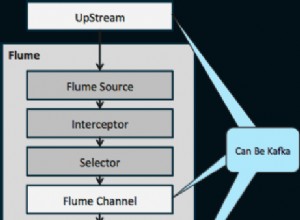Jak powiedział JohnnyHK, odpowiedź w MongoDB:wybierz dopasowane elementy podkolekcja wyjaśnia to dobrze.
W Twoim przypadku agregat wyglądałby tak:
(uwaga:pierwsze dopasowanie nie jest bezwzględnie konieczne, ale pomaga pod względem wydajności (może używać indeksu) i zużycia pamięci ($rozwijanie w ograniczonym zestawie)
> db.xx.aggregate([
... // find the relevant documents in the collection
... // uses index, if defined on documents.x
... { $match: { documents: { $elemMatch: { "x": 1 } } } },
... // flatten array documennts
... { $unwind : "$documents" },
... // match for elements, "documents" is no longer an array
... { $match: { "documents.x" : 1 } },
... // re-create documents array
... { $group : { _id : "$_id", documents : { $addToSet : "$documents" } }}
... ]);
{
"result" : [
{
"_id" : ObjectId("515e2e6657a0887a97cc8d1a"),
"documents" : [
{
"x" : 1,
"y" : 3
},
{
"x" : 1,
"y" : 2
}
]
}
],
"ok" : 1
}
Aby uzyskać więcej informacji o agregacji(), zobacz http://docs.mongodb.org/manual /aplikacje/agregacja/




